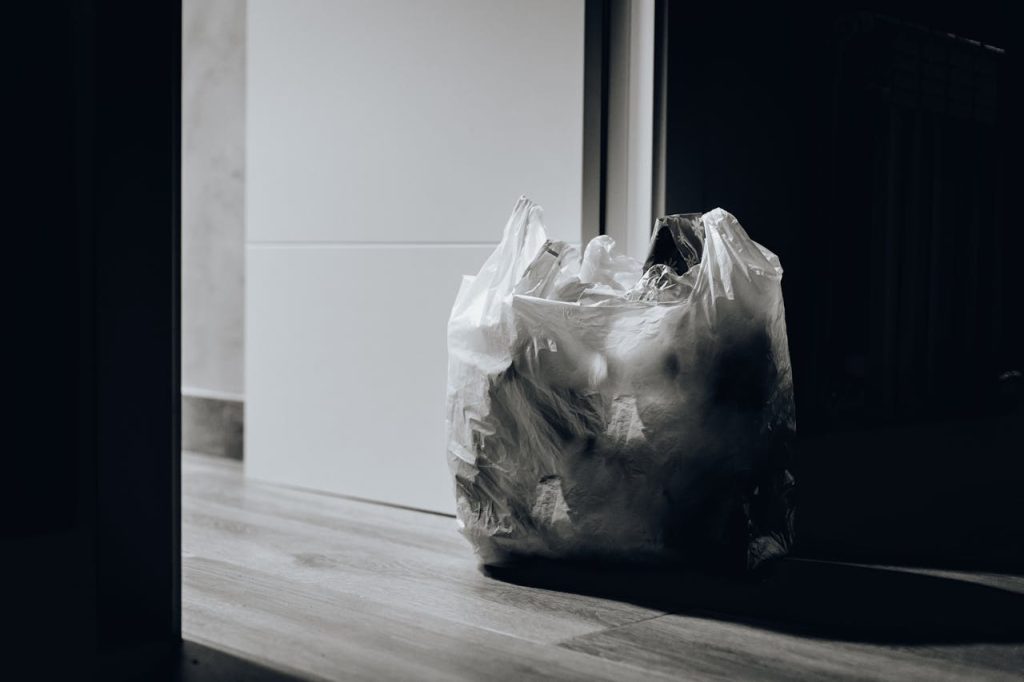
Ever wondered what your garbage might reveal about your financial life? It turns out that your trash can be a surprisingly accurate mirror of your income level. From the brands you buy to the leftovers you discard, your waste habits reveal insights into your spending, saving, and even your values. Understanding these patterns isn’t just a quirky exercise—it can help you make smarter choices, save money, and even boost your financial well-being. Let’s dig into what your trash says about your income level and how you can use this knowledge to your advantage.
1. Brand Names vs. Generic Products
Take a peek into your trash and notice the packaging. Do you see a lot of high-end brand names, or are they mostly generic or store-brand items? People with higher income levels often buy premium brands, while those watching their budgets may opt for generics. This isn’t just about taste or quality—it’s about how much disposable income you have and how you prioritize spending. If you find yourself tossing out mostly brand-name packaging, it might be time to ask if you’re paying extra for marketing rather than real value. Switching to generics can save hundreds of dollars each year without sacrificing quality, as many of the same companies manufacture both store brands and their pricier counterparts. Consumer Reports has shown that generics often match or exceed the quality of name brands.
2. Food Waste and Leftovers
How much uneaten food ends up in your trash? Food waste is a strong indicator of income level. Households with higher incomes tend to waste more food, often because they can afford to buy in bulk or try new recipes without worrying about the cost. On the other hand, those with tighter budgets are more likely to repurpose leftovers and plan meals carefully to avoid waste. If you notice a lot of spoiled produce or untouched takeout in your garbage, it might be a sign you’re overspending on groceries. Try meal planning and shopping with a list to reduce waste and save money. The U.S. Department of Agriculture estimates that 30-40% of the food supply is wasted, costing the average family approximately $1,500 per year.
3. Single-Use Items and Convenience Packaging
Do you throw away lots of single-use items like coffee pods, disposable cutlery, or pre-packaged snacks? These items are convenient but come at a premium. People with higher income levels often pay for convenience, while those on a budget might prepare meals from scratch and use reusable containers. If your trash is full of convenience packaging, consider how much you’re spending for the sake of saving time. Small changes, like brewing your own coffee or packing snacks in reusable bags, can add up to big savings over time and reduce your environmental impact.
4. Receipts and Shopping Bags
Receipts and shopping bags can tell a story about your shopping habits and, by extension, your income level. Frequent shopping trips, especially to upscale stores, suggest a higher disposable income. In contrast, fewer receipts or bags from discount stores may indicate a more frugal approach. If you notice a pattern of impulse buys or frequent splurges, it might be time to review your budget. Tracking your spending can help you identify areas where you can cut back and redirect funds toward your financial goals.
5. Subscription Boxes and Online Shopping Packaging
Subscription boxes and online shopping packaging are increasingly common in household trash. These services are often marketed as affordable luxuries, but the costs add up quickly. Households with higher income levels are more likely to subscribe to multiple services, from meal kits to beauty boxes. If you’re tossing out a lot of branded boxes and bubble wrap, consider whether these subscriptions are truly adding value to your life or just cluttering your home and draining your wallet. Canceling unused or unnecessary subscriptions is a quick way to boost your savings.
6. Alcohol and Beverage Containers
The types and quantities of beverage containers in your trash can also reflect your income level. Craft beer bottles, fine wine corks, and specialty coffee cups often point to higher spending habits. Meanwhile, bulk soda cans or generic coffee containers might indicate a more budget-conscious approach. If you’re regularly discarding expensive drink containers, think about how these purchases fit into your overall financial picture. Enjoying the occasional treat is great, but making it a daily habit can quietly erode your savings.
7. Electronics and Gadget Packaging
Old electronics, gadget packaging, and batteries in your trash can signal frequent upgrades and a higher income level. People with more disposable income are more likely to replace devices regularly, whereas others may hold onto electronics until they are truly needed. If you’re often discarding old tech, consider whether you’re upgrading out of necessity or simply chasing the latest trends. Delaying upgrades and recycling electronics responsibly can save money and reduce waste.
Your Trash, Your Financial Story
Your trash is more than just waste—it’s a snapshot of your income level and financial habits. By paying attention to what you throw away, you can spot patterns that reveal where your money is going and where you might be able to save. Small changes in your daily habits can lead to significant improvements in your financial health. Next time you take out the trash, take a moment to reflect on what it says about your income level and how you can use that insight to make smarter choices.
What surprising things have you noticed in your own trash that reflect your spending or saving habits? Share your thoughts in the comments!
Read More
Ripped From the Headlines: Bad Holiday Economic Mood
The post What Your Trash Says About Your Income Level appeared first on The Free Financial Advisor.







